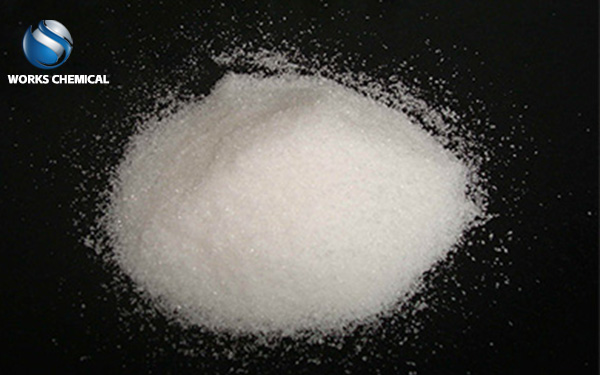
The continuous development of modern industry involves many environmental problems. In the past, many enterprises mixed industrial sewage into rivers, causing more and more serious environmental pollution and water pollution. In response to these situations, the state has also introduced many corresponding policies, and more and more attention is paid to environmental protection. Sewage treatment is still a big problem plaguing enterprises. Some companies will buy traditional water treatment chemicals in the market, such as ferric chloride/aluminum + lime; Polyaluminum chloride + polyacrylamide; Persulfuric acid + lime. These traditional water treatment agents dehydrate the sludge, but these traditional agents are difficult to achieve the effect of sludge deep dehydration, in order to protect water resources from pollution, to help customers solve the trouble of sludge dehydration difficulties. The sludge enhancer developed by Works Chemical can solve the problem of sludge dewatering and achieve the effect of sludge deep dewatering.

Sludge enhancer is mainly used for sludge dewatering in urban sewage treatment and domestic sewage treatment. Some customers may not know what sludge dewatering is. So, let's first introduce the process of urban sewage treatment: raw water - grid - pre-sedimentation tank - biochemical tank - sludge concentration tank - mud press room - sand filter - activated carbon adsorption - standard discharge.
Sludge dewatering of sludge synergists is equivalent to dewatering the fluid mud and finally converting it into semi-solid or solid mud cakes and mud chunks. Under normal circumstances, the water content of mud cake treated by Works Chemical sludge synergist can be reduced to 40% to 60%.
The use of the new sludge synergist:
The first step: the sludge is pumped to the conditioning tank, and the sludge synergist is added to the conditioning tank. In the conditioning tank, the reagent and the sludge are fully mixed for reaction.
Step 2: Dewater the sludge pump such as the ultra-high pressure press through the automatic high pressure pump.
The third step: the filtrate is returned to the sewage system for treatment, reused or discharged after reaching the standard, and the dehydrated dry mud falls into the conveyor belt below and is centrally sent to the discharge yard.